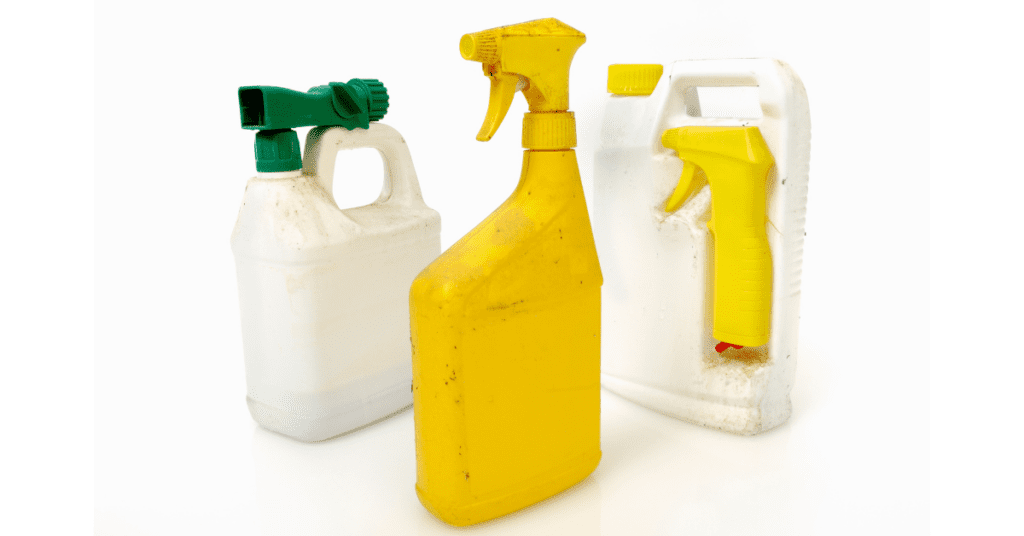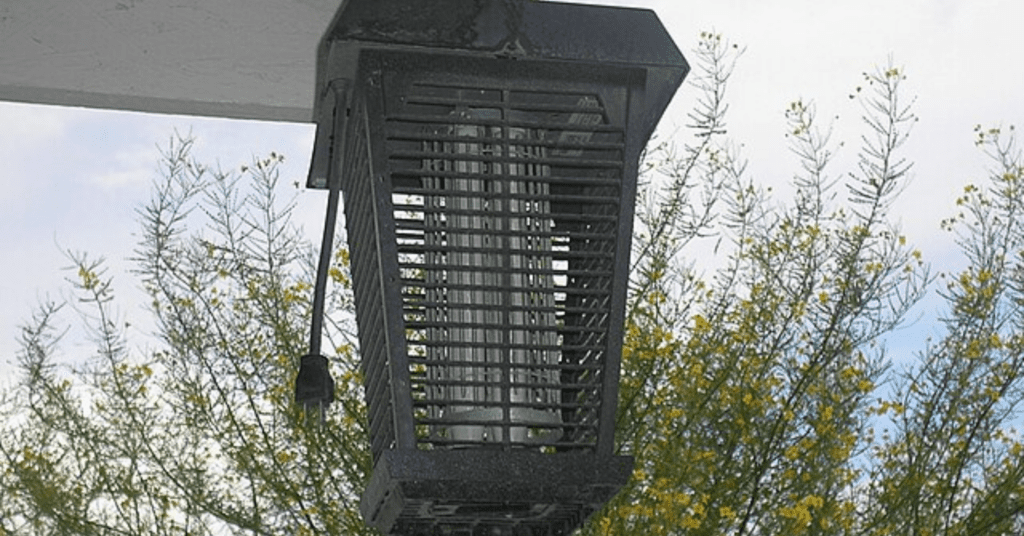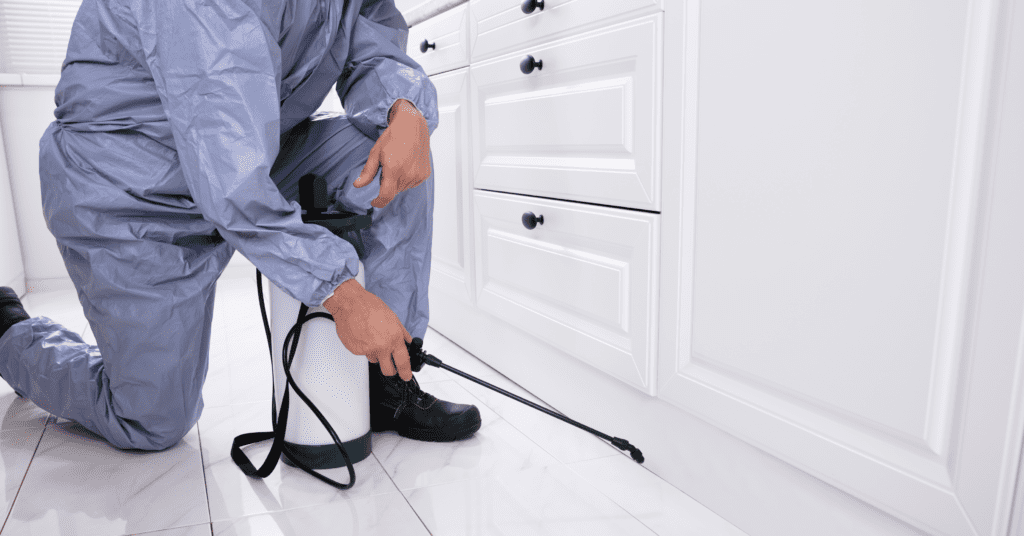What Are the 3 Methods of Pest Control?


Pest control is a vital aspect of maintaining a safe and healthy environment for humans, pets, and plants. Pests can cause a variety of problems, including property damage, food contamination, and the spread of disease. Therefore, it’s essential to control pests to prevent these problems from occurring. There are three primary methods of pest control that are commonly used: biological control, chemical control, and cultural control.
1. Biological Control
Biological control involves the use of natural predators, parasites, or pathogens to control pest populations. This method is effective because it targets the specific pest and does not harm other beneficial organisms. The natural predators and parasites can be released into the environment to control pests naturally. Examples of biological control include ladybugs used to control aphids or parasitic wasps used to control caterpillars. While discussing the role of natural predators in biological control, it’s crucial to understand the positive impact of certain insects, like the vital role bees play in our ecosystem. Discover more about the essential role of bees in our ecosystem to appreciate their contribution beyond pest control.
2. Chemical Control

Chemical control is a method that involves the use of chemical pesticides to control pests. This method is effective because it kills pests quickly and efficiently. However, it can also harm beneficial organisms and the environment if not used properly. Therefore, it’s crucial to follow the label instructions and use the correct dosage when applying chemical pesticides. Examples of pesticides include insecticides, herbicides, and fungicides. Although chemical pesticides are effective, there are also non-toxic ways to handle pests that are safer for the environment. Learn about non-toxic pest control tips for more eco-friendly options.
3. Cultural Control
Cultural control involves altering the environment to prevent pest infestations. This method focuses on using natural methods to reduce pest populations. For example, you can use physical barriers such as netting or fencing to keep pests out of an area. You can also remove breeding sites or habitats that attract pests, such as standing water or piles of debris. Part of cultural control is ensuring your home is fortified against infestations. Kickstart your year by learning how to Pestcheck your home, forming a solid defense against unwelcome critters. Additionally, cultural control can involve using crop rotation or selecting pest-resistant plants to reduce pest populations.
The best method of pest control will depend on the pest type and the severity of the infestation. There is no single “best” method that applies to all situations, and different pest control methods have their advantages and disadvantages.
In addition to the three primary methods of pest control, there are other techniques and strategies that can be used to control pest populations. These include:
- Integrated Pest Management (IPM): IPM is a holistic approach to pest management that combines several different control methods to achieve long-term pest control. It involves monitoring and identifying pests, using cultural and biological control methods, and using chemical control methods only as a last resort. Integrated Pest Management isn’t just for agricultural or natural settings; it can be applied to your personal spaces too. For instance, learn how to keep your backyard party bug-free using IPM strategies.
- Mechanical Control: Mechanical control involves physically removing pests from the environment. This can include using traps, barriers, or vacuuming to remove pests from an area.


Source: Wikimedia Commons
- Genetic Control: Genetic control involves manipulating the genetics of a pest population to reduce its reproductive ability or make it more susceptible to natural enemies. This method is still in the experimental phase but shows promise for controlling certain pests.
- Sterilization Control: Sterilization control involves releasing sterile pests into the environment to mate with wild pests, resulting in infertile eggs and reduced pest populations.
The basic method of pest control involves identifying and eliminating conditions that attract and support pest populations. This can be done through a combination of sanitation practices, exclusion methods, and monitoring.
Sanitation practices involve keeping areas clean and free of food debris, water, and shelter that pests need to survive. This includes regular cleaning, proper storage of food and waste, and eliminating standing water. By removing these attractants, pests are less likely to establish themselves in an area.
Exclusion methods involve sealing cracks and gaps in buildings and structures to prevent pests from entering. This can be done through the use of caulking, weather stripping, and mesh screens. By blocking potential entry points, pests are less likely to gain access to a space.
Monitoring involves regularly inspecting areas for signs of pest activity, such as droppings, nests, or damage to structures. This can help identify pest problems early, before they become established and difficult to control.
Another important aspect of pest control is prevention. Preventing pests from entering a space or establishing a population in the first place is often easier and more effective than controlling an established infestation.
- Landscape management: Maintaining proper landscaping practices, such as trimming back vegetation and removing debris, can help prevent pests from breeding and establishing populations.
- Education: Educating individuals on how to identify and prevent pests can help to prevent infestations from occurring.
By combining prevention methods with effective pest control techniques, individuals and businesses can create a comprehensive pest management plan that is both effective and sustainable. Additionally, working with a licensed pest control professional can help ensure that the most effective and safe methods are being used to control pest populations. Prevention is a critical element in pest control, especially with seasonal changes. Get ahead with our fall pests tips to create a robust defense plan against unwanted visitors.


No matter where you are, effective pest control is essential for maintaining a healthy, safe living environment. If you’re facing pest issues in your local area, our expert teams are ready to help. For residents in West Vancouver, explore our tailored West Vancouver Pest Control services. If you’re in North Vancouver, check out our North Vancouver Pest Control solutions. For those in the heart of the city, our Vancouver Pest Control services are just a click away. We haven’t forgotten about our neighbors in Burnaby & New West; discover our specialized Burnaby & New West Pest Control services. If you’re located in Coquitlam or the Tri-Cities, our Coquitlam & Tri-Cities Pest Control will cater to all your pest management needs. Lastly, our Richmond Pest Control services are available for residents in Richmond looking for efficient and reliable pest solutions. No matter your location, we’re here to ensure your space remains pest-free!
